Our favourite places to stay on this sleepy Cebu island.
Food Itinerary Tips for an Exciting Gastronomic Escapade
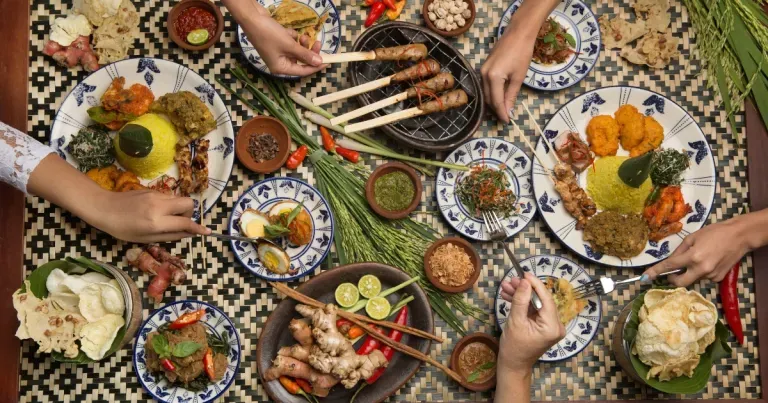
It’s always exciting to think about what kind of food there is in the next destination. But naturally, filling stomachs isn’t the only purpose for gastronomic travel. By eating, you might be on the verge of unravelling a cultural lesson with every bite. Consider these to enhance a daily meal in a foreign place. Who knows? Maybe a recipe isn’t far off as a souvenir during a hearty adventure with different cuisines.
Also read: A Guide to Street Food in the Philippines: What to Eat & Expect
Food itinerary tips when beginning a gastronomic journey
Learn the customs of eating local food

More often than not, the way you eat food in a foreign place matters. The manner of eating itself might be tied to tradition or etiquette. For example, the Japanese commonly slurp their noodles loudly at ramen bars. Some cultures comfortably eat with their hands. Learning these dining habits beforehand will save you from uncomfortable situations. This preparation makes it one of the most invaluable when planning a foodcation.
Know where you’re eating
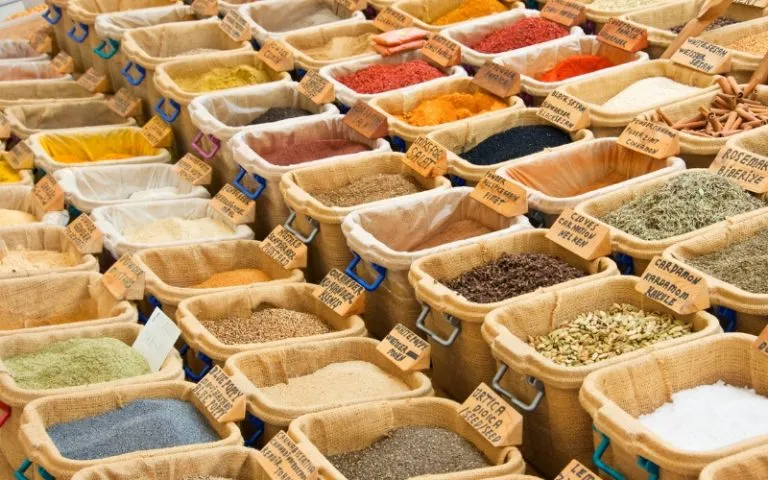
Geography plays a significant part when it comes to food tourism. It gives insights into what to expect regarding the ingredients and dishes you’ll consume.
Coastal areas of the Philippines, such as Davao, General Santos City, and almost all of Palawan Island, tend to have specialities containing seafood. Meanwhile, temperate countries like India, United Arab Emirates, and Mexico incorporate many spices in their dishes to help prevent spoilage from high temperatures.
This could also go on to affect recipes of even the most popular dishes you might know. Sapporo, with its cold climate, has ramen bars perfecting their miso broths over other broths. Miso broth helps warm the body longer, making it a great snack to ward off Sapporo’s low temperatures. So, the next time you travel for food, learn if geography would favour your tastebuds.
Take note of seasonal ingredients

Just as important as knowing where to visit is learning when to visit for good food. The time of year can drastically affect food quality and taste, especially for fruits and vegetables. For example, if you want the absolute best quality mangoes in Guimaras or strawberries in Baguio, you must plan your trip according to the fruits’ best seasons.
The same seasonal case can apply to seafood as well. The cooler the seas, the healthier seafood such as crabs, tuna, and salmon are. On the other hand, shellfish tend to lose weight during the winter, yielding less meat. Be mindful of this whenever thinking about seafood-centric cities!
Learn their food’s purpose

A xiao long bao is more than a tasty filling in a flavourful broth inside a rice wrap. Have you ever wondered why it’s wrapped in the first place? Most Chinese believe that dim sum is small gifts that should be wrapped like presents.
These nuances around food guarantee that the meals are as exciting as the trip. By learning a food’s purpose, you can determine the value of a dish. Every dish can connote a specific custom or occasion. It’s like chocolates on Valentine’s Day and Christmas. Pasta dishes might be consumed in Italy as a daily staple, but spaghetti served in the Philippines calls for a celebration!
Also read: Florence Travel Guide: A First-Timer’s Guide to Florence, Italy
Prepare for a history lesson as you eat
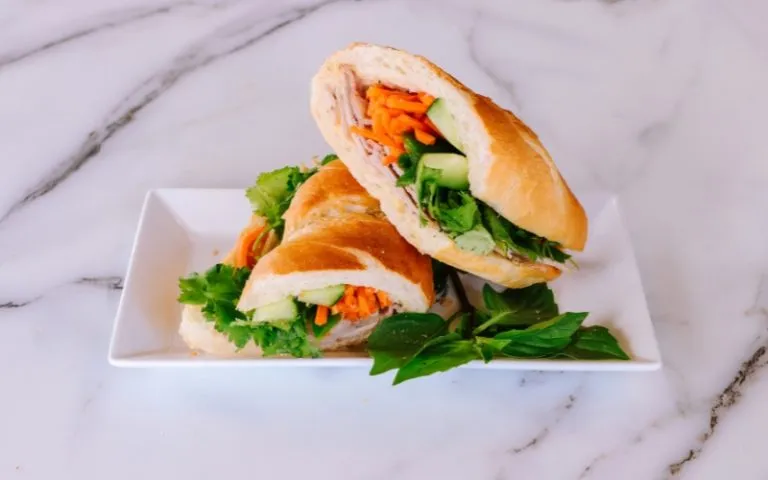
You might find it perplexing to see French bread and spreads heavily used in Vietnamese dishes, especially since France is so far away from Vietnam. Or how the Chinese inspired both Japan and Italy to create ramen and pasta, respectively. While history buffs may know the exact reason, their dishes are delicious gateways to learning a country’s history and culture. If that bite of delicious banh mi inspires you to learn about culture and history as you eat, then the journey ahead will be filled with many different flavours!
Make a reservation
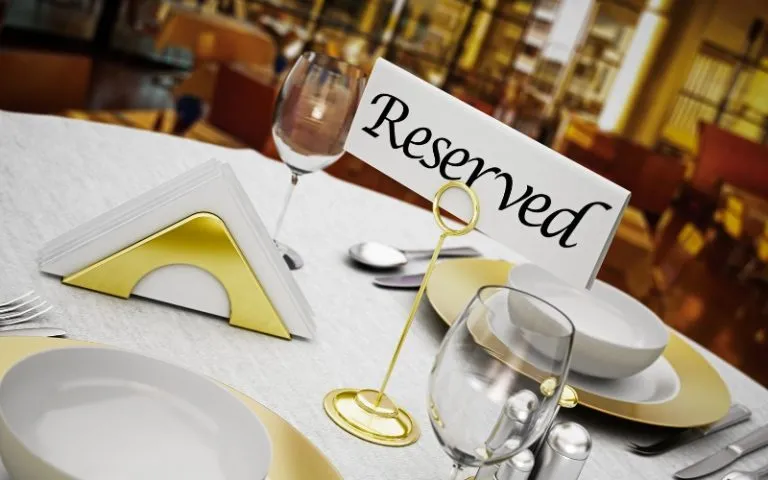
Restaurants are definitely a part of food tourism. If you’re thinking about dining in a restaurant during your foodcation, one of the wisest we could give is to make a reservation. If possible, try arranging the food you’ll eat beforehand. Some restaurants have speciality dishes that may take a few days to stock up. There are also separate days for preparation and cooking to create that perfect Peking duck or mutton leg. The best thing about reserving and arranging a set course is that you can eat almost immediately!
Also read: 10 Shangri-La Plaza Restaurants to Experience Gourmet Excellence
Create a map

Writing down a map with interesting restaurants before arrival can save time. This is especially useful in dense cities like New York or Tokyo, where paths hide between blocks of buildings. This way, you’ll know which routes to take for your next meal. When making dinner reservations, try to ask for directions and travel time estimates, as well. This efficiency makes sure that all you have to worry about is the food.
Food itinerary tips to remember upon arrival
Eat street food
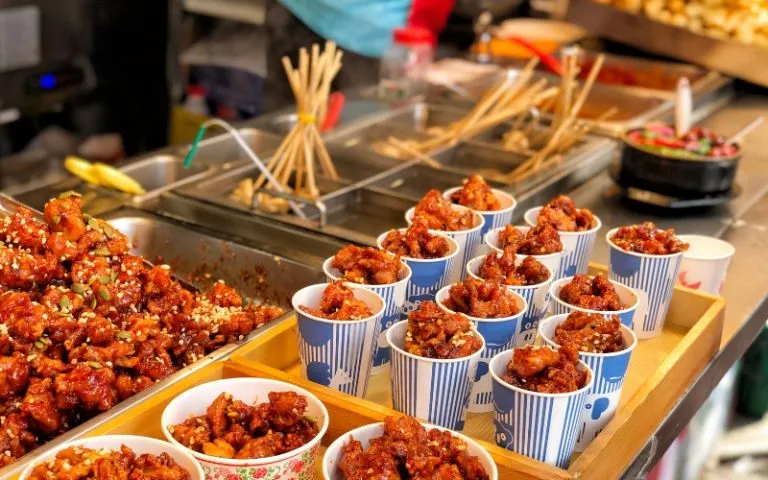
Vendors from places like Old Town Phuket, Penang, Shinsekai, or Hongdae prepare and cook many batches of food for locals and tourists alike every day. And all of their customers would have sound reasons to prefer street food over restaurant dinners. The food is inexpensive, filling, and undeniably local. In rare instances, the food can be very creative too! Maybe the selection lacks the refinement found in gourmet restaurants, but indulging in street food definitely provides a unique and grounded experience.
Visit local markets
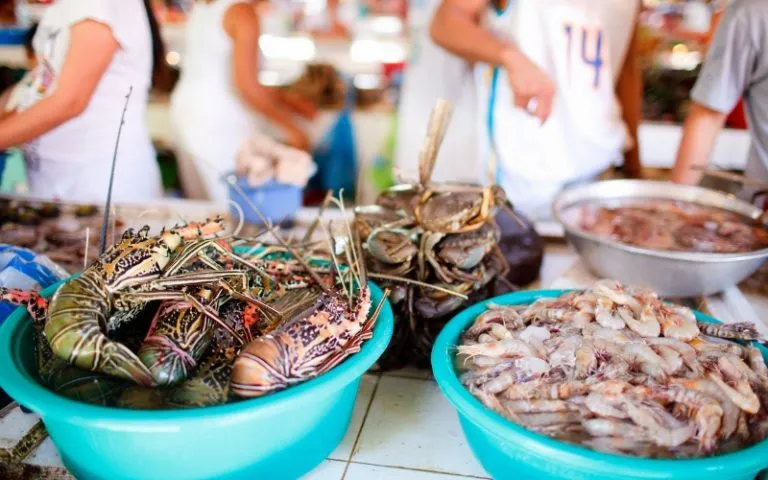
There is no better way to learn about local food and ingredients than by visiting a local wet market. As major sources for food ingredients inside cities and other settlements, many restaurants tend to sprout around markets not far off. Singapore’s famous hawker centres tend to have major markets beside them. Other examples include Nijo Seafood Market in Hokkaido, where restaurants peddling seafood bowls seem endless near its streets.
Also read: 10 Best Hawker Centres in Singapore That Locals & Travelling Foodies Swear By
Talk with locals

Locals can easily make recommendations, so don’t hesitate to strike up a conversation when an opportunity arises. It’s very possible to find a hidden gem this way, especially since locals would likely know the variations and nuances of popular dishes. Plus, making a friend through eating delicious food is always exciting!
Also read: 10 Unique Local Restaurants That Take You Out of Your Comfort Zone
Food tourism can be overwhelming. But with a little preparation, discovering really good food in a different place is undeniably unforgettable. So when planning for your next foodcation, remember these to help you stay ready for the next gastronomic adventure.
Featured image credit: Space_cat via Canva Pro
Published at
About Author
Aldous Vince Cabildo
Subscribe our Newsletter
Get our weekly tips and travel news!
Recommended Articles
10 Bantayan Island Resorts, Hotels, and Rentals for Your Tropical Escape 10 Best Banawe Restaurants for a Mouthwatering Food Trip in QC The promise of new flavours beckons from Banawe.
14 Best Credit Cards for Travel in the Philippines The only plastic we need for travel.
10 Best Mountain Cafes in the Philippines for Your Peak Coffee Experience Coffee date on the mountains, anyone?
My 10-Day Southern Vietnam Backpacking Trip for Less Than ₱15k 10 days in Southern Vietnam with less than ₱15k budget. Learn how this Filipina did it!
Latest Articles
10 Stunning Beaches and Swimming Destinations in Pangasinan Discover the best beaches, hidden gems, and waterfalls in Pangasinan!
13 Best Things to Do in the Philippines After Graduation Celebrate freedom and friendship with this ultimate graduation travel bucket list in the Philippines!
What to Know About Bali’s New Tourist Rules and Regulations in 2025 Stay updated with the new Bali tourist rules to avoid fines and travel responsibly!
Best Dog Parks in Metro Manila: Ideal Spots Your Pets Would Definitely Love Discover Metro Manila’s best dog parks where your pup can run, play, and socialise!
Mt. Kanlaon Travel Advisory: What Tourists Need to Know Travel pause near Mt. Kanlaon

